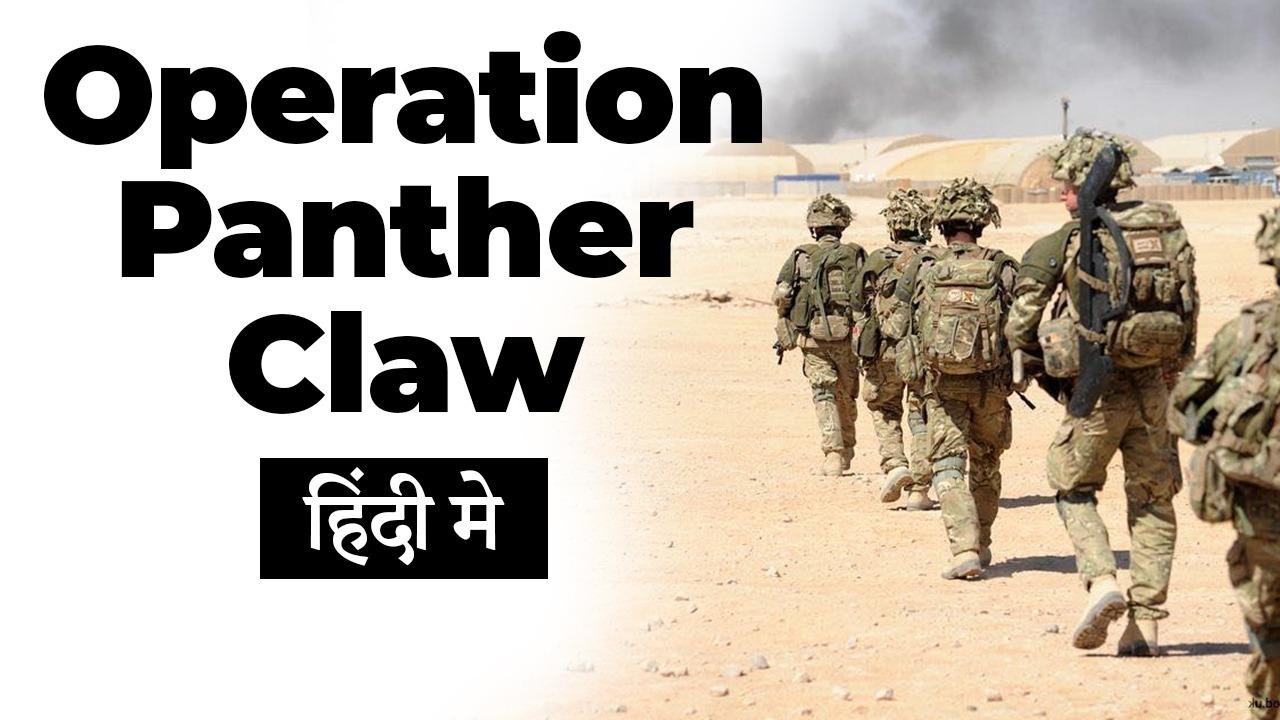Table of Contents

BACKGROUND
- Soon after the Taliban insurgency took root in Afghanistan large tracts of Helmand Province came under Taliban control.
- British forces deployed to Helmand in 2006, formally assuming responsibility for security in the province from US forces on 1 May 2006.
- Panther’s Claw was preceded by several other operations carried out by British and Afghan government forces with the purpose of “taking and holding ground” in Helmand Province.
BACKGROUND
- Operation Zafar, launched on 27 April 2009, lasted one week and involved more than 200 troops of the Afghan National Army (ANA) and Afghan National Police.
- The operation succeeded in clearing the Taliban from several villages around Basharan in central Helmand, killing “many Taliban insurgents“.
- Panther’s Claw was launched around midnight on 19 June 2009 with the stated aim of securing control of various canal and river crossings and establishing a lasting ISAF presence
ATTACK
- In what the Ministry of Defence described as “one of the largest air operations in modern times“.Taliban fighters in the area launched multiple attacks against British forces, all of which were repelled.
- On 25 June, the 1st Battalion, Welsh Guards, pushed up Shamalan canal securing 14 more crossing points, cutting off the insurgents’ supply route and thus preventing more Taliban fighters coming into the Babaji area
ATTACK
- In the third phase of Panther’s Claw, more than 700 British soldiers launched a ground offensive, backed by fire support, against Taliban-held areas north of Lashkar Gah.
- The assault was timed to coincide with Operation Khanjar, or Strike of the Sword, launched on 2 July, by American forces against Taliban strongholds.
- As of 5 July, around 3,000 Task Force Helmand troops from the United Kingdom, Denmark, Estonia, and Afghan government forces were involved in Panther’s Claw.
World History | Free PDF























 WhatsApp
WhatsApp